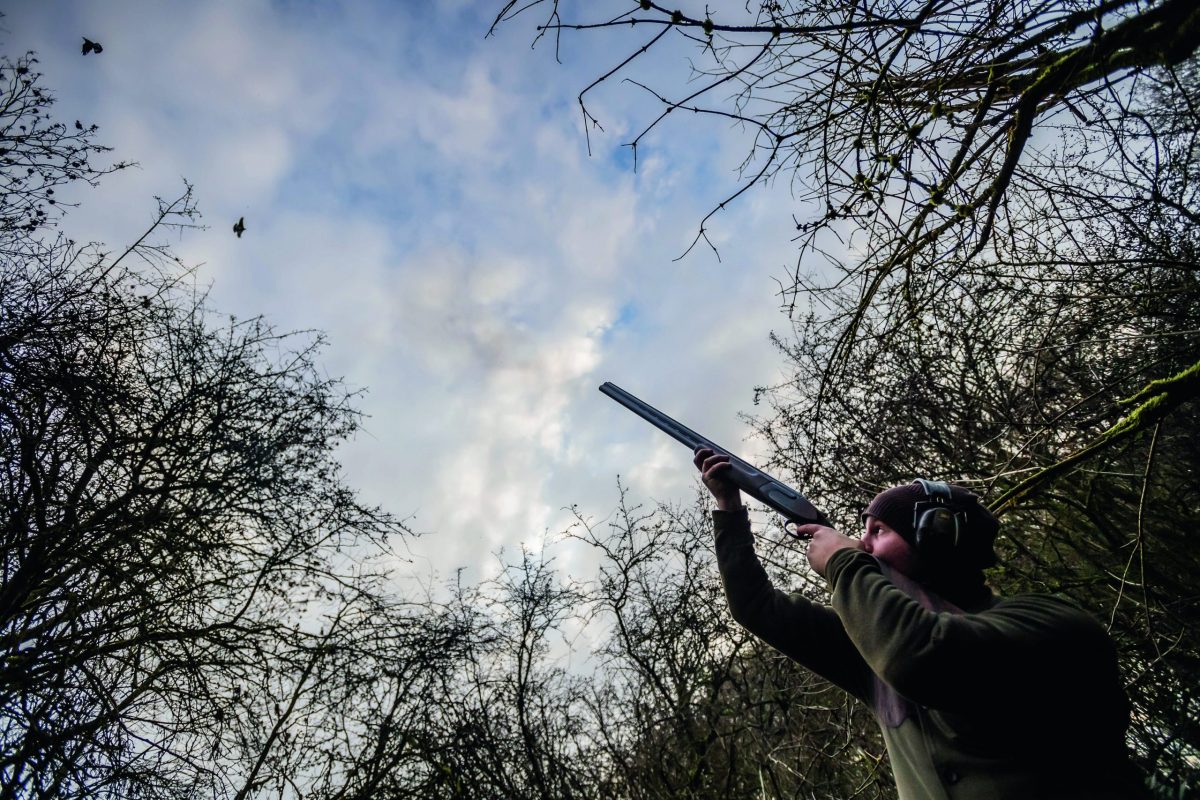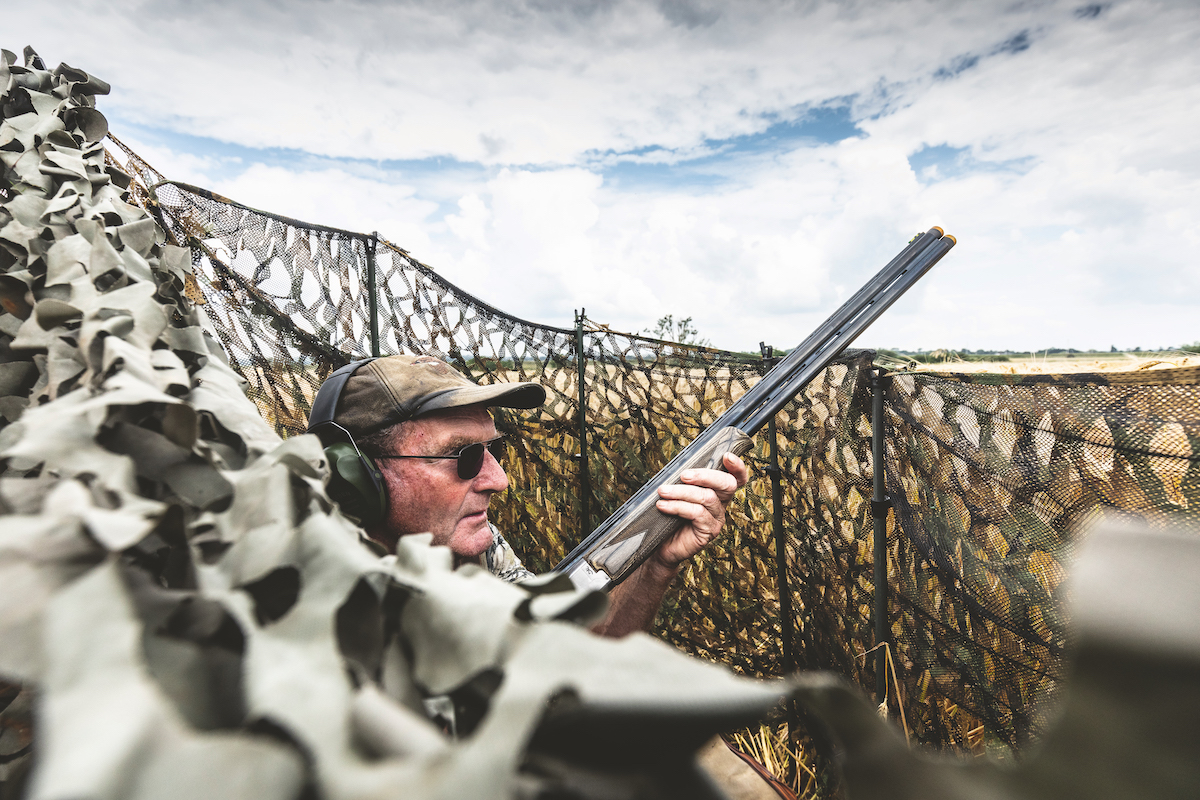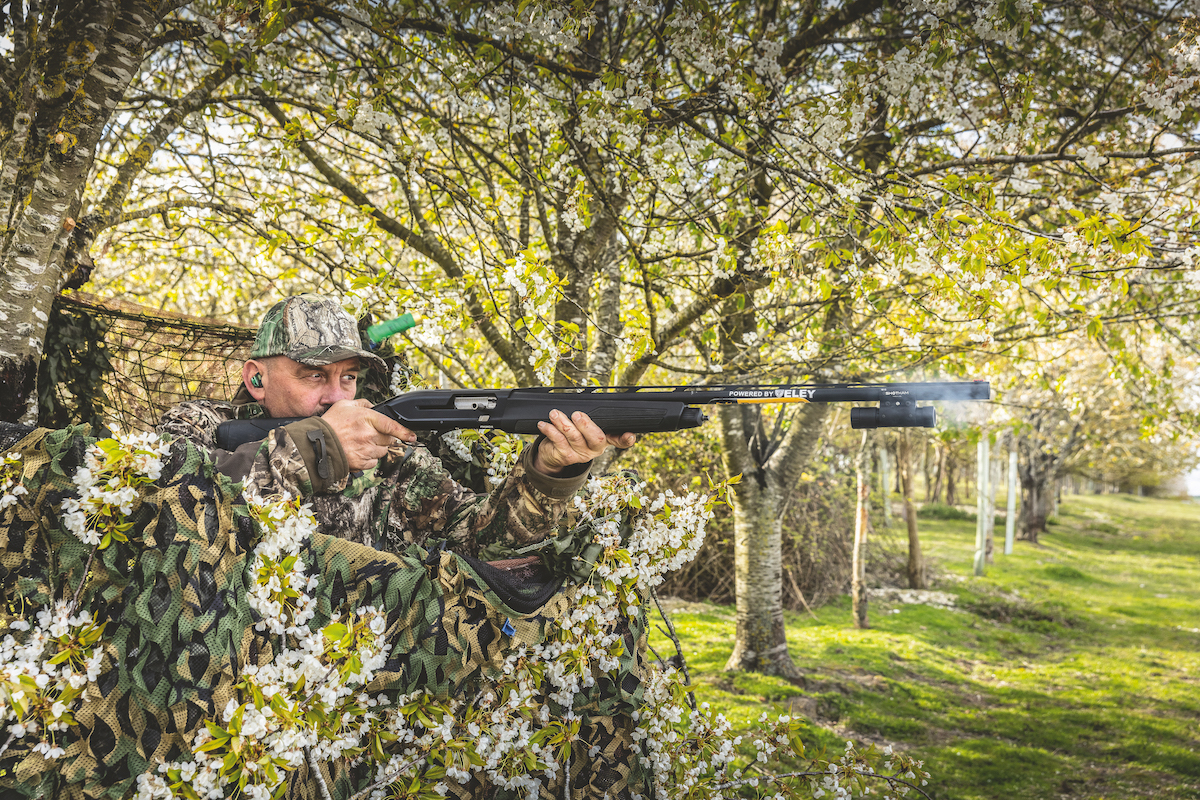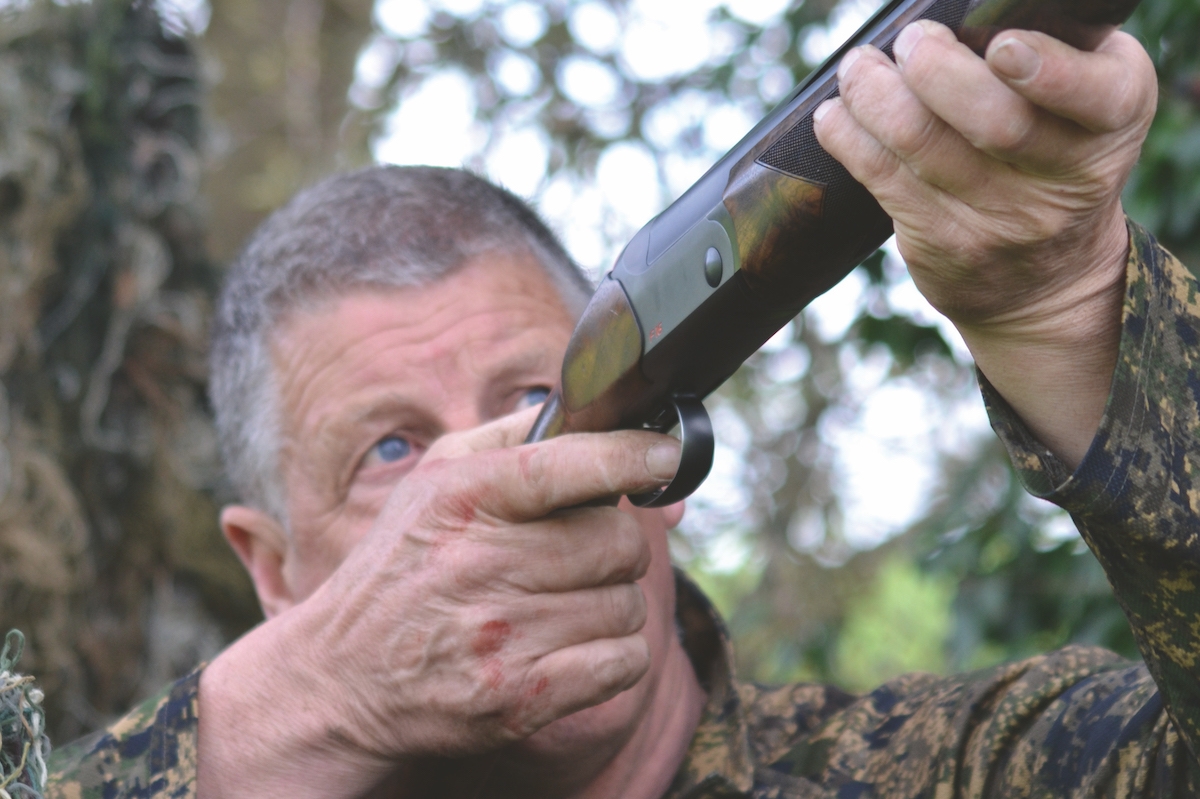Winter pigeon shooting – tactics for success
With another season disrupted, Tom Payne lays out the options for the best results in winter pigeon shooting action

As seasons go, this one has been far from plain sailing. Most Guns have struggled for regular sport, and to say shoots have had their issues would be an understatement. Of course, an important part of being able to enjoy driven game is actually having the game to shoot at in the first place. As many of you know, acquiring birds has been a huge issue, and I can’t count the number of shoots that have decided to shut up shop for this year. There will be many syndicate members sitting at home, reading their gamebooks and fondly recalling seasons past. Bird flu is the real kick in the teeth though. It’s another reason that I have a real concern about the weeks and months ahead. Will we finish the season? It’s not looking great. Thinking ahead with a positive frame of mind, the beloved pigeon may come to the rescue. We are not far from that sacred time in the year when all forms of winter pigeon shooting come into play; decoying, flighting and, a firm favourite of mine, the very effective roost shooting.
I cannot argue that pigeon shooting is a direct replacement for a driven day. It certainly takes a lot more work and skill than standing on a peg. But it is incredibly rewarding and will improve your shooting for when you get back to your driven days.
Depending on the situation, you can still shoot pigeons as a group of friends, so you can keep the camaraderie going — you can even make a nice lunch and enjoy some time together in the field, bullshot and all. Some forms of pigeon shooting are better suited to this social aspect, but let’s start instead with the most difficult of your options.
Winter pigeon shooting – decoying
This is without a doubt the hardest choice if your pigeon shooting experience is limited. I wouldn’t discourage anybody from having a go at decoying, but a lot of time and effort must be put into it to achieve results. Winter decoying over green crops such as winter oilseed rape is the toughest of all, and a pigeon’s behaviour alone can make them tricky targets. Birds tend to flock, so understanding conditions and timing to break the groups and actually make them shootable is key. (Read more on how to improve your decoying patterns here).

A lot of time and effort must be put into decoying to achieve results
If you want success, you need to master hide placement, flightlines and reading the birds’ behaviour. You also need to develop a sense of humour fairly quickly. You will need the right kit; you can go old school with a bag of cartridges, trying to make a natural hide and decoying with the birds you drop, but to succeed here you will need near-perfect reconnaissance and exceptional fieldcraft.
For any beginner, it is easier to buy the right kit — although finding well-made gear is easier said than done. If you are looking for straightforward shooting to protect crops and help the farmer, this is most likely not the option for you. (Click here for our best options on shooting boots, shooting jackets, ear defenders and shooting vests).
Winter pigeon shooting – flighting
Pigeon flighting is probably as close as you will come to shooting driven pheasant, not to mention an ideal way to sharpen up your game shooting. If you can find partridge or pheasant days this year, some pigeon flighting should help keep you on form. Again, you will need good fieldcraft, plus the ability to pick out a true flightline and locate yourself correctly underneath it, or as near as possible.

If you want to get as close as you can to driven pheasant shooting, pigeon flighting is the way to go
You can either flight pigeon going to or coming from feeding, but choosing to shoot in the right conditions is absolutely essential. What you need to do is locate their roosting wood, and then work out where it is that they’re going to. When the birds flock, and travel as one, it is impossible to shoot any decent numbers. Your flighting session will come to a premature end if you attempt to shoot them in the wrong conditions; put simply, you need winds of over 15mph.
Flighting does, however, offer spectacular shooting and is a great method for controlling numbers. If a crop is in a sensitive area — close to a village, for example — it is an ideal way to protect the crop by flighting the birds on their way into feed. This is the less practical option if you plan to shoot in a group, though, especially if the flightline is short or narrow. Multiple lines over farms or estates are quite rare, but do depend on the size and area of the crop. If you are lucky enough to find a long line, you can space the Guns along it, but flighting is generally a one-man job.
Winter pigeon shooting – roosting
The third option is the most common for pigeon shooters and, even if they haven’t attempted decoying or flighting, they will most certainly have tried roosting pigeons. Traditionally, Shots don’t attempt roosting until February, when the game season is drawing to a close and it is less of a concern if roosting game is disturbed. However, you may not have to wait until the new year to put this effective form of management into practice. As soon as the leaves are off the trees and visibility in the roosting wood improves, then it is game on. (Read more on roost shooting advice from Geoff Garrod here).
The best roosting woods are a mixture of hardwood and firs, with birds heading to the hard oaks and beech trees before taking themselves off to bed in the warmth of the firs. With shoots that are not shooting this season, you will be able to get out and start roosting earlier. I will start on my permissions with no game shooting at the end of November, but if you do plan to make an early start, ensure your gamekeeper, farmer or landowner permits it. As ever, identifying a good roosting wood requires reconnaissance — remember to look for droppings around woodland floors.

Roosting is an effective population control method, and a chance for some really great shooting
Roosting is an opportunity for a syndicate to get together, shoot as a team and have a social. In many cases, if you have multiple roosting woods a team can be very effective as it keeps the birds moving. If shot in the right conditions, it can be one of the most rewarding shooting situations — real grassroots sport. It is also an incredibly effective way of controlling numbers during the winter, especially if birds are not decoying well or proving tricky to shoot over vast amounts of crop.
The key with any roost shooting is to shoot in the correct conditions. The stronger the wind, the better. The challenge becomes harder but your opportunities for a shot will increase as birds keep moving, the flock breaks up as they come to roost, and the report of your gun is masked. The temptation with roosting is to go out as much as possible, but your outings must be spaced out.
Unfortunately, all three options don’t work well together. If you roost woods, decoying will become a waste of time, as will flighting. Birds that have been shot at become wary quite quickly, so this does depend on how often you decide to control the numbers.
If I were aiming for some straightforward shooting with my syndicate this winter, roosting pigeons would be my go-to, even for inexperienced Shots. You can get out as a team, protect the winter crops and enjoy some great shooting. You are also able to enjoy the company and the craic; as so often with shooting it’s about the stories, the smiles and sharing a pint at the end of play.
To make the most of your day in the field, check out our archive of pigeon recipes here.








